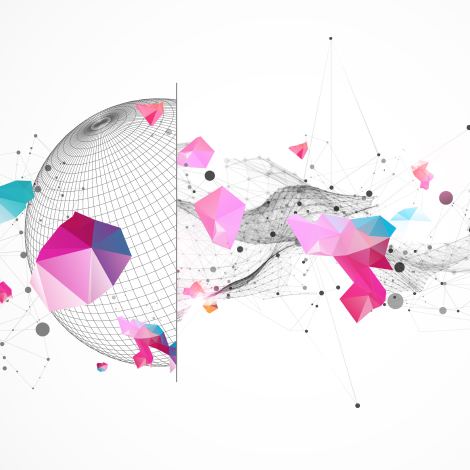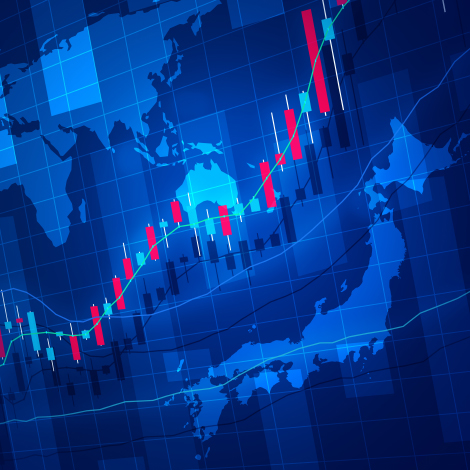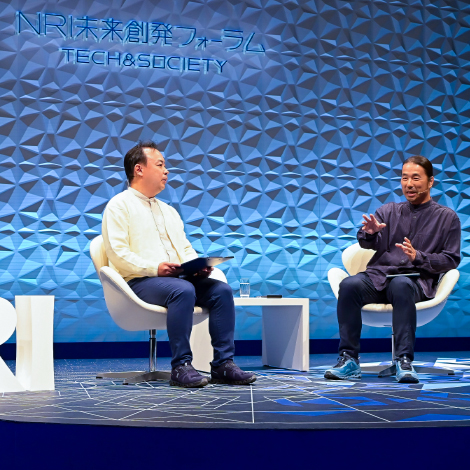The Multidimensional Future of Humans and AI - NRI Dream Up the Future Forum: Tech & Society (Part 2)
#AI
#DX
#Management
Feb. 02, 2024
The “NRI Dream Up the Future Forum: Tech & Society” was held online on October 30, 2023. Organized around the theme of the “New Society in the Generative AI Era”, the forum provided a venue for discussion of the relationship between humans and AI in the generative AI era, and of the challenges and prospects for a new society in which AI will be a pervasive and constant presence.
This concluding article reports the content of a dialogue that paired the bold prognostication of Wired Japan with NRI’s penetrating insight into events and phenomena, making for an exchange of views that pushed beyond AI menace theory and bounded AI theory to imagine a new society permeated by AI.
“AI-Human Collaboration” in the Creative Society (Role of Humanity)
How should we welcome generative AI? What can we expect in a new society that will be permeated by AI? Session 4 played host to a dialogue between Michiaki Matsushima, Head of Editorial Content at Wired Japan, and Takeshi Mori, Director of the Digital Society Research Office in NRI’s Center for Strategic Management and Innovation.
To open the conversation, Mr. Matsushima posed the question, “With generative AI’s knowledge accumulation proceeding at ever-increasing speed, what will become of humanity when the creative society arrives? Session 3 suggested a framework in which humans manage AI in the role of ‘new generalists’, but can humans and AI really collaborate?”
Mr. Mori’s reply was nuanced. “We are seeing actual cases in many fields where human-AI collaboration has led to better performance – for example, the sharply declining error rate when humans and AI perform image diagnosis jointly – so I think we should start by watching what happens there. Just as capitalism led to the specialization of human labor, it seems likely that AI labor will be subdivided into areas of expertise, and that humans and AI will move forward in collaboration with each other. But while there is a possibility of humans taking on a managerial role, it is doubtful that all humans will be capable of fulfilling that role, and many humans may end up as ghost workers providing back-end support to AI.”
Mr. Matsushima then asked, “What is your image of ‘new generalist’ management, or of creative enterprises in the creative society?” Mr. Mori continued, “The people currently referred to as ‘creators’ will be at the center of creative enterprise. Businesses that support the people doing this creating will also be a focus of attention. In the U.S., Fantasy is dispatching artificial humans to companies to take part in idea creation, so that is one example of creative enterprise. Businesses that use VR to provide experiential simulations could also be considered creative enterprises.”
Mr. Matsushima proceeded to ask, “We can understand the possibility of robots replacing physical labor, but is generative AI going to be performing intellectual labor?” In response, Mr. Mori observed, “Robots carry introduction costs, so there are some cases where they are feasible from a skill standpoint but not from a cost standpoint, and where humans continue to do the work. Intellectual labor, which requires no body and can be performed by AI alone, probably will switch over to AI.”
The Multidimensional Future of Humans and AI
On the topic of whether the mechanical society or the biological society raised in Session 2 will spread in the future, Mr. Matsushima asked, “Thus far, humans have single-mindedly pushed forward with the mechanical society. Will humanity be able to use AI to develop a naturalistic orientation or biological society?” 。

Mr. Mori emphasized, “Siri co-developer Tom Gruber has said that ‘humanistic AI is what makes good AI’, and the minds of AI developers seem to be shifting toward the pursuit of human-like AI. My hope is that we will understand this dilemma not as a dichotomy between mechanical society and biological society, but in terms of social systems as continua that can encompass middle ground.”
Mr. Matsushima signaled agreement, suggesting, with regard to the Session 1 future image scenario, “If I could add one more axis to the three concepts of the ‘eudaemonia’ by which humans and AI cooperatively realize the creative society, ‘idea consumption’ in which ideas created by a minority are consumed by a large majority, and ‘idea automation’ in which generative AI automatically generates ideas and humans follow, I think there is also a form that is ‘under the control of AI, where humans live according to the laws of nature.’” In response, Mr. Mori observed, “It is hard to assess whether a future in which humans follow generative AI will be an unhappy one. There might be a future where, for example, generative AI is responsible for producing daily necessities or traffic systems and humans engage in creative activity according to their interests. I think of the future’s image as also being a multidimensional continuum.”
What Needs to Be Done to Get Ready for 2050
The conversation continued with Mr. Mori requesting an explanation of Wired Japan’s “The Regenerative Company: Companies Creating the Future” (vol. 49). In response, Mr. Matsushima shared the following thoughts.

“Whereas ‘sustainable’ means reducing environmental burdens as much as possible and making that condition enduringly viable, ‘regenerative’ means spurring and sparking renewal by recovering the generative power inherent in the natural environment. The term ‘generative AI’, which is the theme of this forum, fundamentally carries the nuance of something that is natural, biological, bred, and born, but it also tends to have the image of something highly artificial. At Wired, we treat the digital as a natural thing that grows and spreads gradually, like a plant. With generative AI as well, society’s thinking needs to advance beyond the narrow dichotomy of natural vs. artificial and into new concepts. The title of our special feature, ‘The Regenerative Company’, refers to companies that are reforming social systems by constantly using both digital generative power and natural regenerative power to instantiate and repeat cycles of generation. These companies will attract even more attention going forward.”
Mr. Mori then asked, “What image of the future did you have for Wired’s 30th-anniversary special commemorative edition, ‘Next Mid-Century: 2050, Towards a Multidimensional Future’?” Mr. Matsushima replied, “The last mid-century was the 1950s, when we all shared a 20th-century image of the future symbolized by space exploration and flying taxis. This endures even today in the 21st century. What we need to do in the coming 30 years, in preparation for the next mid-century in the 2050s, is answer the question of how much we can sketch out a multidimensional future that will be defined by different worldviews, different values, and different morals.”
Mr. Mori concluded by asking, “Some survey results have recognized Japan and Tokyo as the most creative places in the world (Adobe State of Create 2016). What do you think about the future of creativity in Japan?” Mr. Matsushima brought the event to a close with this observation: “I believe true creativity is born out of things we cannot understand. Whether our attitude will be to try to coexist with a generative AI we cannot understand, or to constrain generative AI within limits we can understand, is surely a question that will challenge us into the future.”







